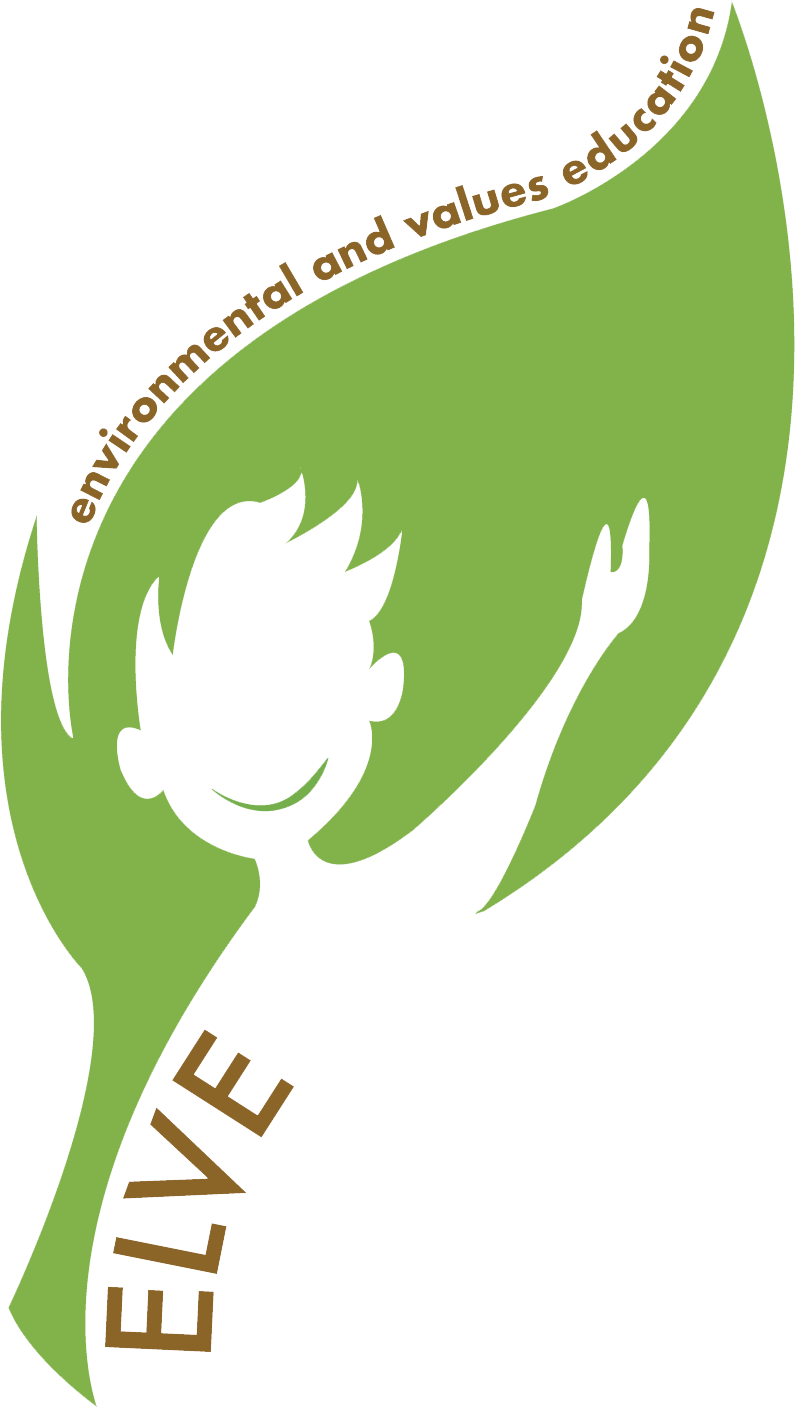Me, my emotions and creatures
Age3-6
ValueEthical & Social
LocationSchool
Recommended group size5-10
Recommended time / Minutes90-120
| Topic | Empathy |
| Overview | This activity is structured into three sub-activities. The three activities help children recognize, accept, and experience their own emotions through a playful activity based on the relation with animals. |
| Learning objectives | 1. Give children the opportunity to feel, recognize, express, and work out their emotions 2. Stimulate the recognition and understanding of one’s own, others’ and animals’ reactions 3. Experience altruistic behaviour towards other people and animals 4. Stimulate cooperation and teamwork |
| Skills developed | ● Cognitive skills: the relationship with oneself and with others ● Transversal skills: ability to work in a team ● Motor and language skills |
| Method | Group work from 8 to 12 children max. It is advisable to use only the 6 primary emotions: happiness, sadness, anger, fear, surprise, disgust! |
| Materials | Transparent glass/plastic jar with cap, recycled materials, paper, scissors, glue, string, (see media files) |
| Guidelines | The following activities are interlinked. Please always start with activity 1 before going over to activity 2.ACTIVITY 1: THE SOUP OF EMOTIONSThe facilitator makes the children sit in a circle and places the "Soup of emotions" in the middle (see media files). Everyone mimes the gesture of mixing the soup. Then, the facilitator proposes that each child to take their turn to draw one of the emotion flash cards from the soup (see media files) and to talk about the emotion drawn, giving examples (e.g., I feel happy playing with mum and dad or I feel sad when a nice trip is cancelled because of the weather).Then, all together they mime the gesture of eating some of the soup. Depending on the emotion they are dealing with, the children try to feel and express it with facial or whole body expressions (walking with bowed heads, jumping for joy, pounding their fists for anger). The activity continues this way for all 6 primary emotions until all children have played at least once.To help children, you can stimulate reflection through direct questions: When are you happy? When are you sad? When I can’t play with my friend because it’s raining, etc...ACTIVITY 2: THE INSECT IN A JARThis activity will help children reflect on the positive/negative effects their actions have on the animal world, empathising with the smallest and mostdefenceless creatures. They go out into the school garden to observe insects. The facilitator makes an ant and puts it into a jar. Then, they ask the children to try and figure out what emotion the ant might be “feeling”. Is it happy or sad to be in the jar? Is it afraid? The facilitator then releases the insect. What does it feel now? Is it less frightened? Answer: Yes, it is less frightened, because it is free, undamaged and able to move back to its community/with other animals and can explore the world.It is obvious that for an entomologist “feeling” is not an adequate denomination for an insect's reaction, but bear in mind that this is something children will learn in biology and when they are ready to understand more sophisticated learning content.ACTIVITY 3: EVERYONE HAS THEIR OWN HOMEThis activity aims to make children more responsible and invites them to adopt gestures of care towards the environment. Once back in the classroom, the facilitator explains to the children that everybody, including the youngest, can take care of the environment and the animals living in it. Here, care is understood as a set of actions of attention and respect which contribute to improving the wellbeing of the animals, making them feel loved by humans.The facilitator helps understanding by giving examples: feeding, changing the water in the bowl of a goldfish, walking the dog are all actions of care. Among the various possible options, the class is asked to build small houses where the insects in the school garden can live, take shelter from rain or rest after a long journey. The children, in groups of four, build the houses with the recycled material previously prepared by the facilitator. The houses will then be placed in the school garden.*Alternatively, if the weather and space allow, the children can build the houses in the garden. |
| TipsAdditional materialsHow to apply online?What to do at home? | Topic careFor the parents at home: continue the theme of making our animal friends happier by inviting the child to feed them, both domestic animals (dog, cat, turtle) and those they find in the park (duck, birds). Through the concrete action of feeding, the children will develop a sense of altruism and care for the animals. Attention: As a family, talk and think about what food to give the animals. Chocolate is good for children but bad for the tummies of our animal friends! Ask mum and dad what they can eat.Topic emotionsThe following videos can be used to help children recognise emotions, both at home and at school:German:https://www.youtube.com/watch?v=dQY9Op82lr0Italian: https://www.youtube.com/watch?v=lVrhdc4D7is&ab_channel=MelaMusicTVEnglish: https://www.youtube.com/watch?v=ZHS7vCdBeus&ab_channel=TheKiboomers-KidsMusicChannelTheKiboomers-KidsMusicChannelSpanish: https://www.youtube.com/watch?v=7ozwVM9EN_c&ab_channel=Canticos-BilingualNurseryRhymes%26KidsSongsCanticos-BilingualNurseryRhymes%26KidsSongsCroatian:https://www.youtube.com/watch?v=BJP1mcQVvi0https://www.youtube.com/watch?v=a-H8-ZFt53Qhttps://carobnisvijetbajki.blogspot.com/2021/02/slikovnice-o-emocijama.htmlThe soup of emotionsAs an alternative to the printed version of the soup pot, you can retrieve a real one.For examples for the insect house click here. |
| Author | Noemi Marchiotto |
| Media | |
| Download | Download |
